Fundamentals of Ship Hydrodynamics. Fluid Mechanics, Ship Resistance and Propulsion/Основы гидродинамики судов. Гидромеханика, сопротивление судна и тяга
Издание на английском языке
This book has been designed as a textbook to support ship resistance and propulsion Target related courses at the undergraduate level. As such, its main audience is naval architecture and marine engineering students and students in related fields. However, since the book covers topics in fairly great detail, it is suited for self study for everybody with a working knowledge of calculus, statics, and dynamics. Graduate students and practicing engineers, who venture from other engineering disciplines into maritime fields of study or work, might use this book as a preparation for new tasks.
Contents
Preface
Acknowledgments
About the Companion Website
1 Ship Hydrodynamics
2 Ship Resistance
3 Fluid and Flow Properties
4 Fluid Mechanics and Calculus
5 Continuity Equation
6 Navier-Stokes Equations
7 Special Cases of the Navier-Stokes Equations
8 Reynolds Averaged Navier-Stokes Equations (RANSE)
9 Application of the Conservation Principles
10 Boundary Layer Theory
11 Wall Shear Stress in the Boundary Layer
12 Boundary Layer of a Flat Plate
13 Frictional Resistance
14 Inviscid Flow
15 Potential Flow
16 Basic Solutions of the Laplace Equation
17 Ideal Flow Around A Long Cylinder
18 Viscous Pressure Resistance
19 Waves and Ship Wave Patterns
20 Wave Theory
21 Linearization of Free Surface Boundary Conditions
22 Linear Wave Theory
23 Wave Properties
24 Wave Energy and Wave Propagation
25 Ship Wave Resistance
26 Ship Model Testing
27 Dimensional Analysis
28 Laws of Similitude
29 Resistance Test
30 Full Scale Resistance Prediction
31 Resistance Estimates – Guldhammer and Harvald’s Method
32 Introduction to Ship Propulsion
33 Momentum Theory of the Propeller
34 Hull–Propeller Interaction
35 Propeller Geometry
36 Lifting Foils
37 Thin Foil Theory – Displacement Flow
38 Thin Foil Theory – Lifting Flow
39 Thin Foil Theory – Lifting Flow Properties
40 Lifting Wings
41 Open Water Test
42 Full Scale Propeller Performance
43 Propulsion Test
44 ITTC 1978 Performance Prediction Method
45 Cavitation
46 Cavitation Prevention
47 Propeller Series Data
48 Propeller Design Process
49 Hull–Propeller Matching Examples
50 Holtrop and Mennen’s Method
51 Hollenbach’s Method
Index
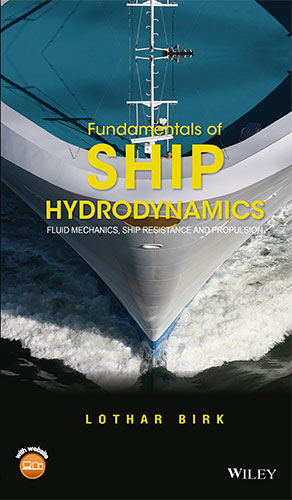
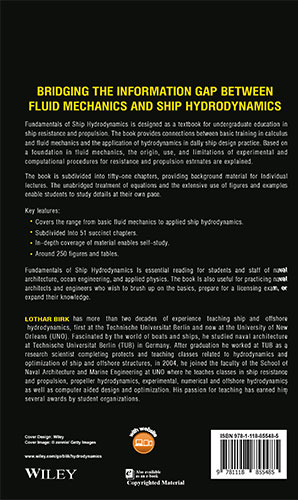



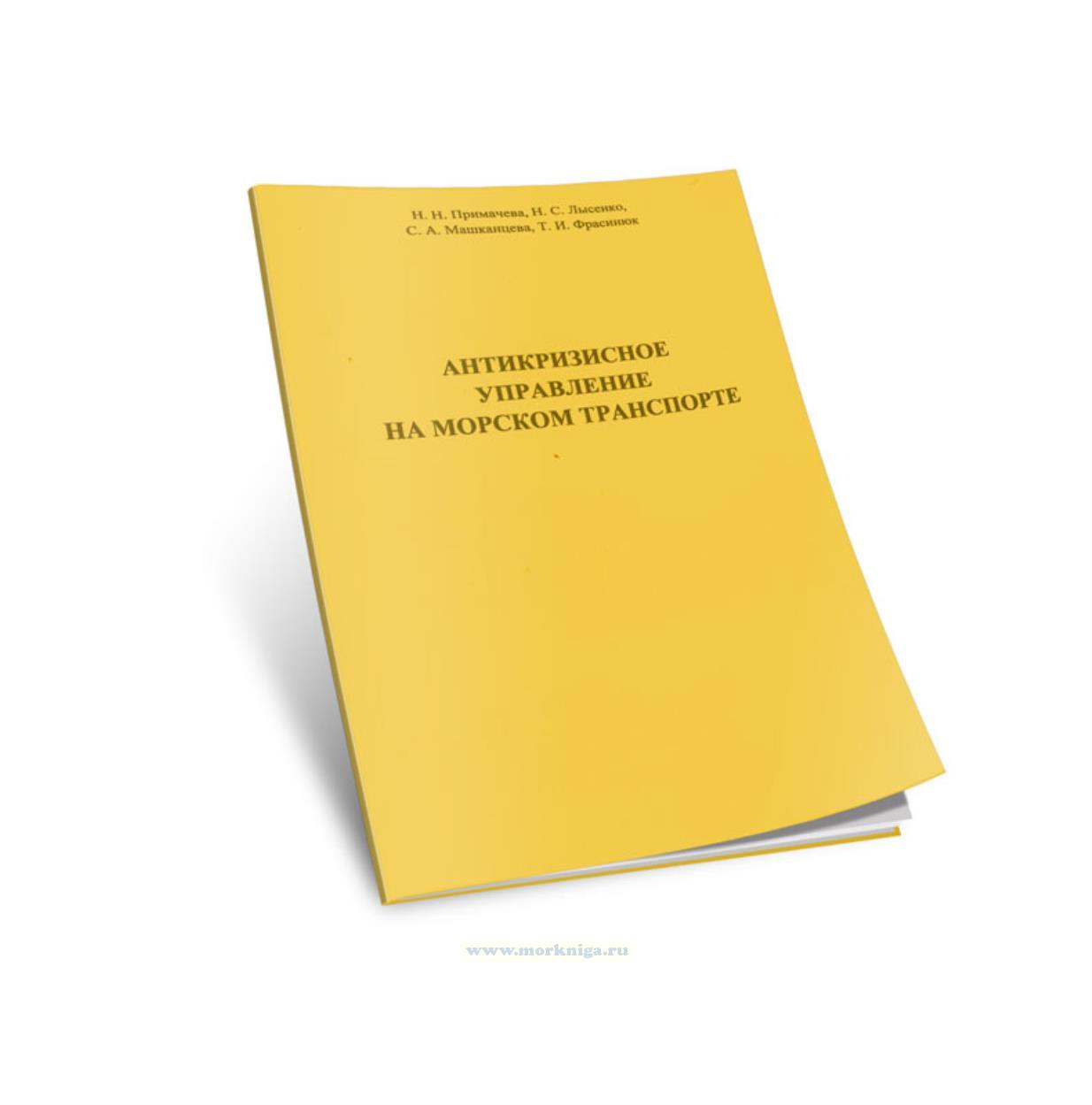 Антикризисное управление на морском транспорте
Антикризисное управление на морском транспорте 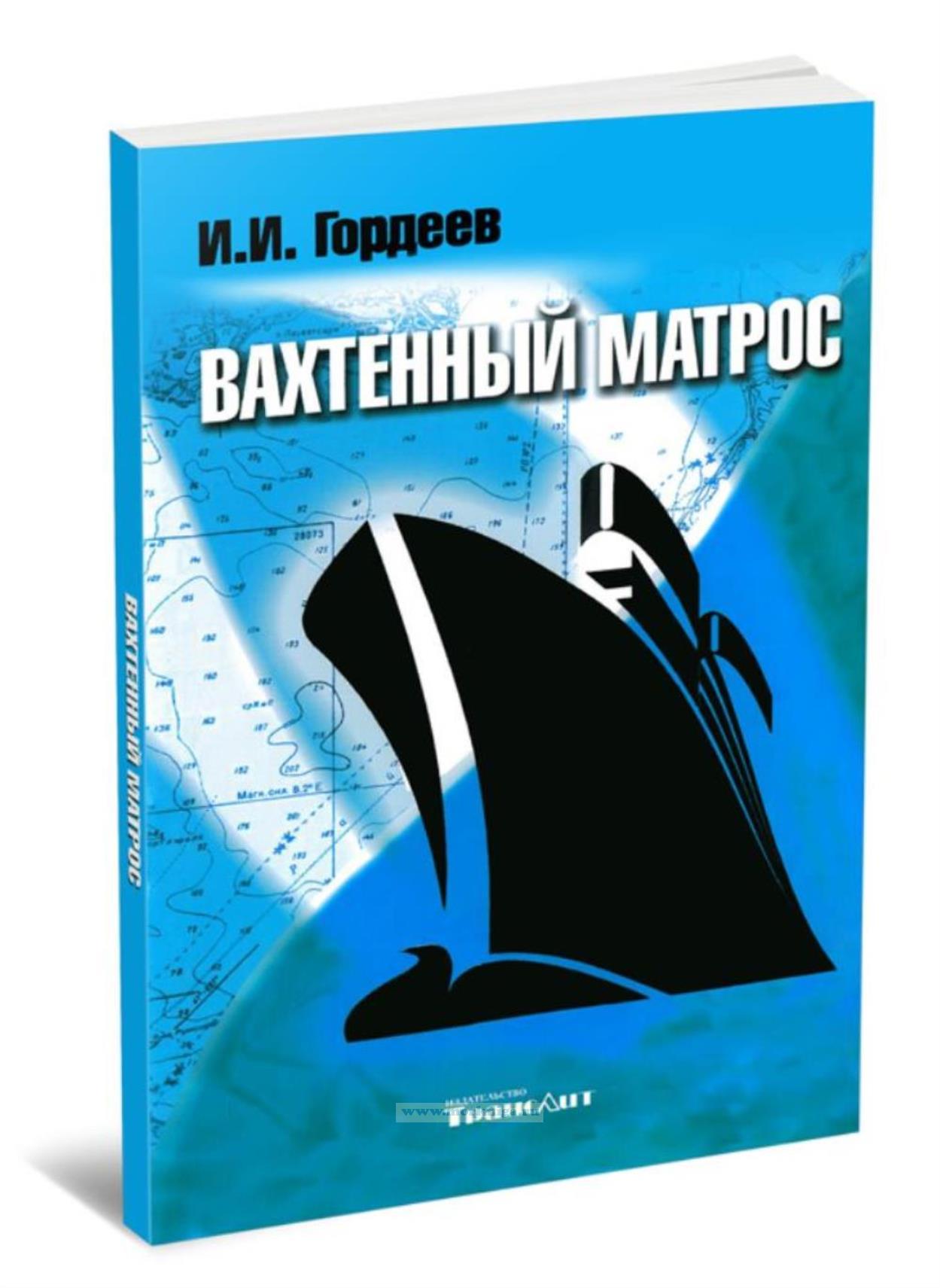 Вахтенный матрос
Вахтенный матрос 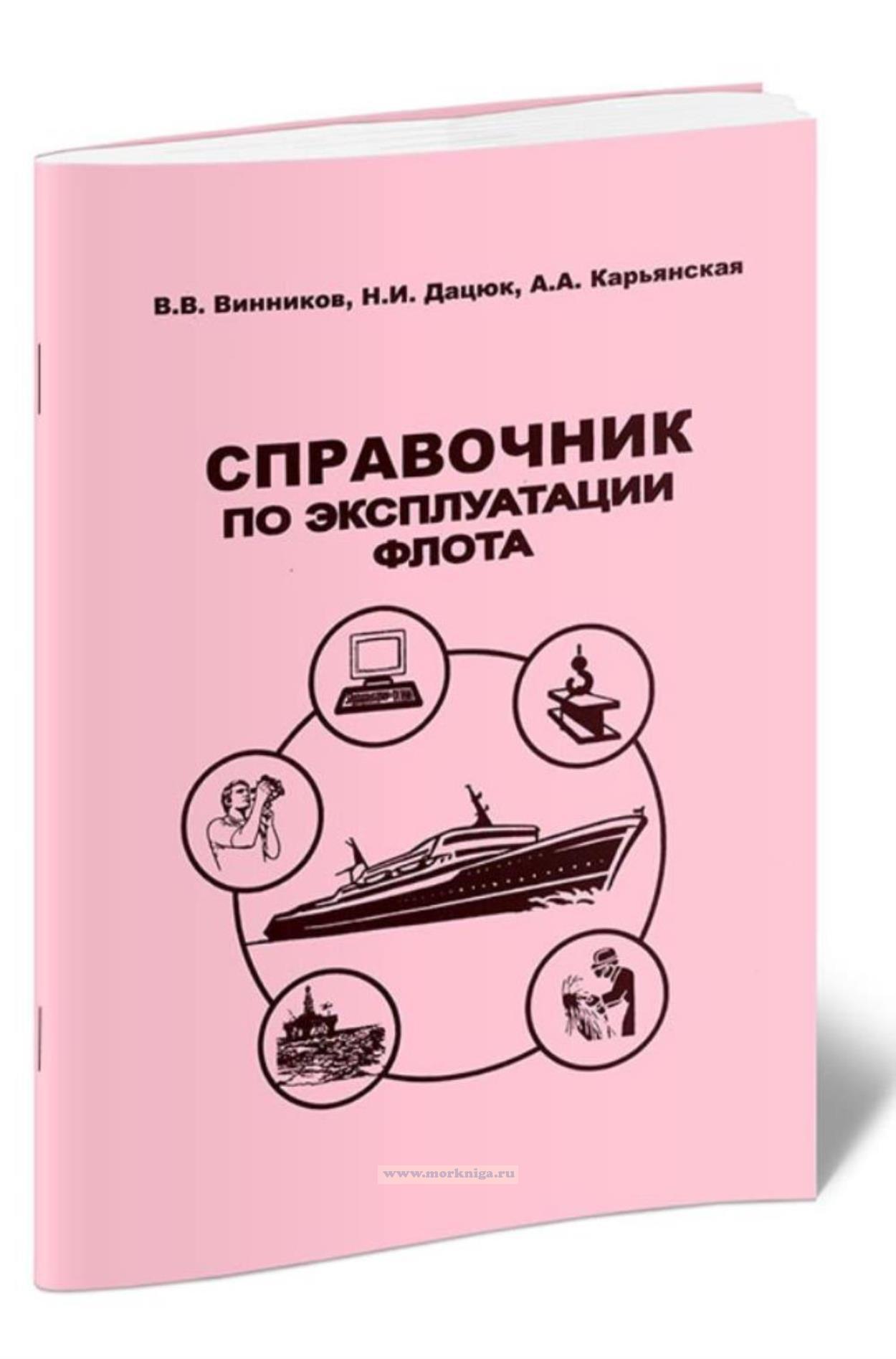 Справочник по эксплуатации флота. Пособие для курсового и дипломного проектирования
Справочник по эксплуатации флота. Пособие для курсового и дипломного проектирования